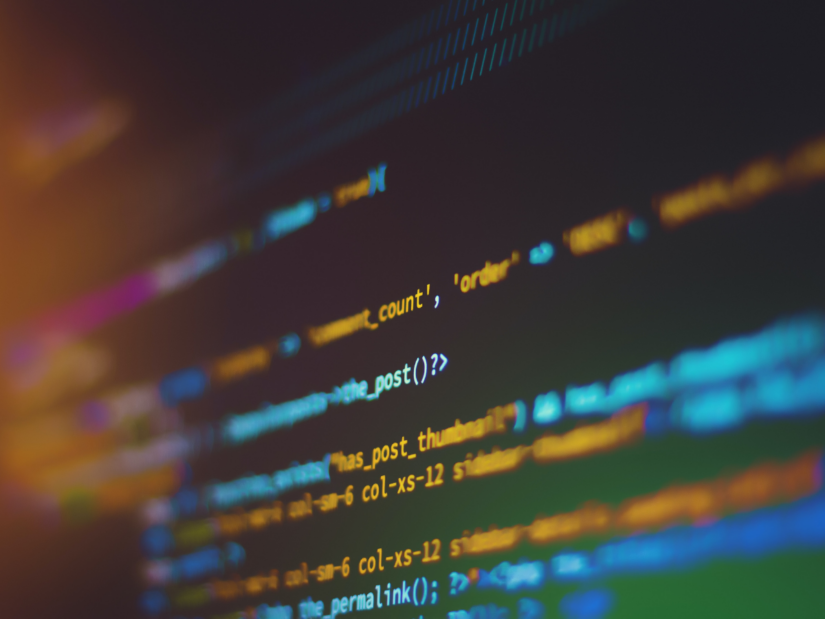
Photo © Shahadat Rahman
Report by Mr Kulesz for the 12th session of the Intergovernmental Committee for the Protection and Promotion of the Diversity of Cultural Expressions
Artificial intelligence (AI) can help to empower numerous creators, make the cultural industries more efficient and increase the number of artworks, which is in the interest of the public.
However, there are still very few artists and entrepreneurs that know how to use tools such as machine learning. In addition, the commercial logic of the large platforms may lead to increasing concentration of supply, data and income and to the impoverishment of cultural expressions in the long term.
In a tech world dominated by the United States and China –and to a lesser extent by Europe, Israel, Canada, Japan and the Republic of Korea –there is a risk of fomenting a new creative divide, which would result in the increasing decline of developing countries.
The lack of inclusion of culture in national AI strategies –in both the North and South –could mean that countries no longer have any cultural expressions of their own, which would end up damaging the social fabric.
It will be essential to develop strategies that go beyond a merely abstract code of ethics and design public policies to ensure that AI systems –and the actors that exploit them –are auditable and accountable.
Far from settling for a marginal role in the discussions on AI, the creative sector must claim its place with greater vigour.